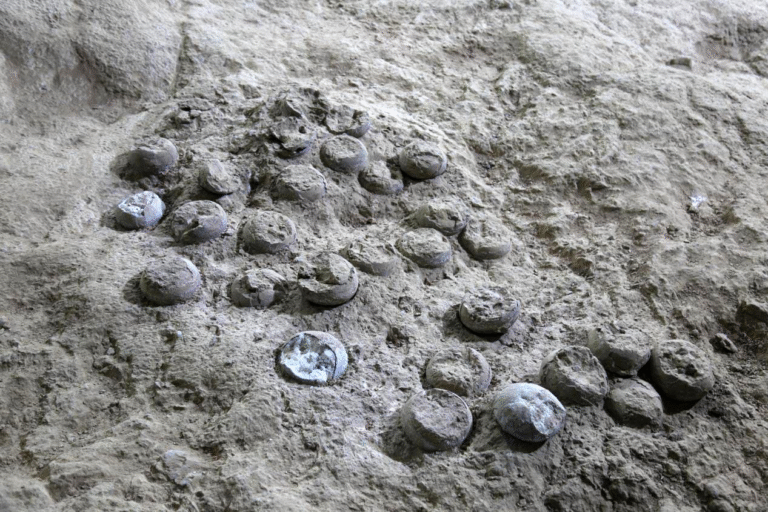Hidden Earthquake Threat off British Columbia: What Scientists Just Discovered

When most people think of earthquake hotspots, their minds jump to Japan, California, or Chile. But new research is shining a spotlight on a lesser-known danger much closer to home for Canadians: the Queen Charlotte fault system off the coast of Haida Gwaii, British Columbia. Scientists have just captured the most detailed images yet of this fault, and what they’ve found could reshape our understanding of the region’s seismic risks.
A Subduction Zone in the Making
The big discovery? Evidence that the Pacific plate is slowly sliding beneath the North American plate in this area. This process, called subduction, is what gives rise to the largest and most destructive earthquakes on Earth—so-called megathrust earthquakes. These aren’t your average tremors. They can unleash powerful ground shaking and even trigger tsunamis capable of traveling vast distances.
What makes this even more fascinating is that researchers believe the Haida Gwaii region is showing the early stages of a brand-new subduction zone. That’s a rare geological event, offering scientists a unique chance to observe how such massive fault systems begin.
How They Made the Discovery
The international team of researchers didn’t stumble on this by accident. They deployed advanced hydrophone technology—a 15-kilometer-long underwater cable lined with thousands of microphones. Towed behind a research ship, this setup recorded seismic signals that helped scientists map the deep structure beneath the seafloor.
The results, published in Science Advances, give the first clear look at the Haida Gwaii thrust fault, a key feature of the Queen Charlotte system. This is the “megathrust” where those massive quakes could one day originate.

A Fault with a History
This isn’t the first time the Queen Charlotte fault has made headlines. Back in 1949, Canada’s largest recorded earthquake—a magnitude 8.1—ripped through this very region. More recently, in 2012, a 7.8 quake struck near Haida Gwaii, producing a tsunami and shaking communities across northern British Columbia.
Both events raised questions about whether the fault behaved more like a typical sideways “strike-slip” fault or something more complex. The new imaging confirms what many suspected: this area is evolving into a subduction zone, which means future earthquakes could be even more powerful.
What Does This Mean for Canadians?
Here’s the good news: scientists say another big quake isn’t likely anytime soon. Some estimates suggest it could be hundreds of years before another event as large as the 2012 quake occurs. Still, the Queen Charlotte system is considered the greatest seismic hazard in Canada, and knowing more about it helps communities prepare for what might come.
For people living along B.C.’s coast, this research is less about immediate alarm and more about awareness. Earthquake preparedness—things like having emergency supplies, knowing evacuation routes, and staying informed—remains crucial.
A Natural Laboratory for Science
One of the most exciting aspects of this discovery is that it offers a rare opportunity for science. Subduction zones don’t usually reveal themselves in their earliest stages. Being able to observe the birth of one in real-time is like having a front-row seat to one of Earth’s most powerful natural processes.
As one researcher explained, these findings give us a clearer picture of what kinds of earthquakes happened in the past and what might be possible in the future. And the more we understand, the better we can prepare—not just in Canada, but in other regions facing similar risks.
Final Thoughts
The Queen Charlotte fault system has long been recognized as a seismic threat, but these new images confirm just how complex and potentially dangerous it really is. While a catastrophic quake may not be around the corner, the findings are a reminder that nature is constantly shaping and reshaping our world—often in ways we’re only beginning to understand.
For now, scientists will keep studying this evolving fault, using the data to improve hazard analysis and strengthen preparedness plans for communities along the coast. And for the rest of us, it’s a humbling reminder of the hidden forces beneath our feet.
Source: “Seismic imaging reveals a strain-partitioned sliver and nascent megathrust at an incipient subduction zone in the northeast Pacific”
DOI: 10.1126/sciadv.adt3003





